Phillips Cycles
 Mon, October 18, 2021
Mon, October 18, 2021 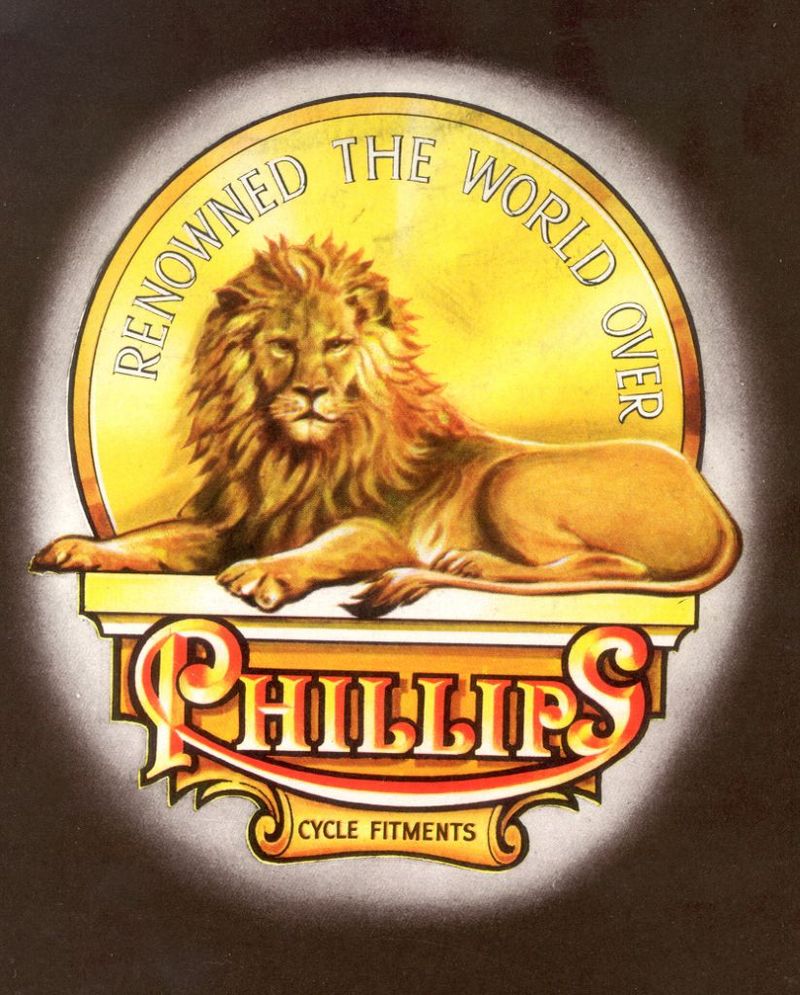 I recently came across an old Bicycle Trade Magazine dated 1952 and read an article about Phillips cycles, a large British bicycle manufacturer back in the days when Britain ruled the world in the bicycle industry, with most of the bikes being made in Birmingham, England.
I recently came across an old Bicycle Trade Magazine dated 1952 and read an article about Phillips cycles, a large British bicycle manufacturer back in the days when Britain ruled the world in the bicycle industry, with most of the bikes being made in Birmingham, England.
In 1892 two young men named J. A. Phillips and E.W. Bohle traveled from Manchester to Birmingham, and went into business making bicycle pedals. Within a few weeks with 25 employees they had to move to a larger premises. Over the next 15 years a number of moves were made, always in order to gain more space. J. A. Phillips gave his name to the company, E.W. Bohle was managing director until the early 1920s.
By the turn of the century the company was making many different bicycle components, and in 1908 they moved to what would become their permanent location on Bridge Street, Smethwick, a district of Birmingham. Three years later they produced their first complete bicycle, and by 1913 where exporting bicycles all over the world at the rate of 1,200 per week.
One year later in 1914 a fire which started in the enameling shop, destroyed the whole factory. It took six years to rebuild and to get back into their former rate of production. The company prospered once more, and by the end of the 1920s the company could proudly say that they sold bicycles in every country of the world with the exception of Russia and Japan.
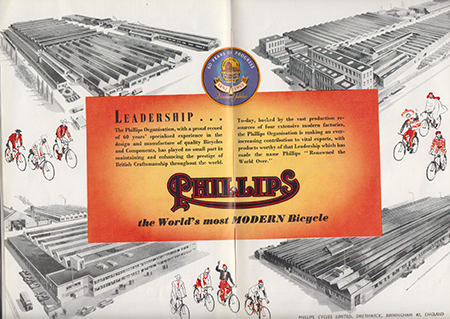 Ad from British Cycles and Motor Cycles Overseas. Aug-Sept 1952
Ad from British Cycles and Motor Cycles Overseas. Aug-Sept 1952
By 1935 the company opened another factory a half a mile away in Downing Street, Handsworth. The Phillips Company continued to expand until the outbreak of WWII, when in common with the rest of British industry they switched from bicycles to manufacturing munitions and various gun parts.
They produced twenty-millimeter Oerlikon shells at the rate of 81,000 per week at one stage and throughout the war a staggering 89,000,000 shells were produced. They also made Sten gun barrels at the rate of 4,000 per day, and parts for anti-tank guns.
The factory was hit by German bombs at one time, and three acres of the factory roof was blown off, but in six weeks full production was restored. After the war in 1946, the Phillips Company bought another factory that had been a wartime munitions factory in Newtown, Montgomeryshire in Wales.
Phillips Cycles would have probably been at the peak of their success, as production would have been at its highest in 1952 when the magazine article that prompted this piece was published. The company had survived a fire, the Great Depression, and WWII to become the second largest bicycle manufacturer in the UK.
Today the name will be unknown to most but for a few collectors and as a distant memory in the minds of a few old-timers like myself. The bicycle industry World-wide saw a rapid decline though the 1960s and 1970s. As post war economies prospered and the production of automobiles increased, so too the demand for bicycles decreased.
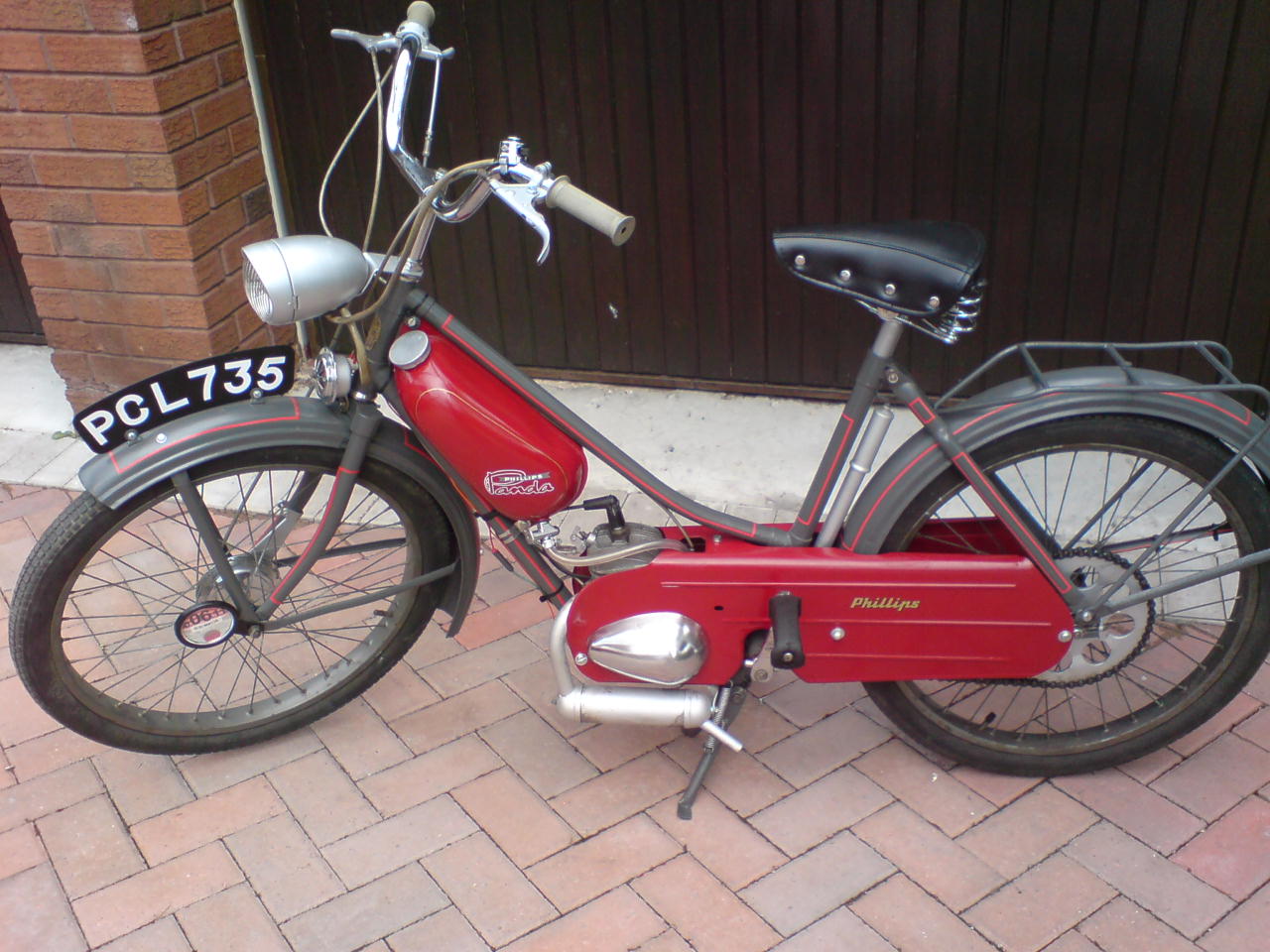 Like many bicycle manufacturers, Phillips did venture briefly into moped production in 1960.
Like many bicycle manufacturers, Phillips did venture briefly into moped production in 1960.
During this period, it was only in third world countries that the masses used bicycles as transport, and by then they were producing their own rather than importing them.
Like so many other UK bicycle brands they were eventually taken over by Raleigh Industries in the early 1980s, (The largest remaining bicycle company.) and soon after the Phillips name disappeared. Raleigh itself is a part of the Tube Investments Group.
A short Wikipedia entry does say that the Phillips name is licensed by Raleigh and the brand is still produced and is known in China, India, and other far eastern countries. So, in a small way the company slogan of, “Renowned the world over,” is still somewhat valid.
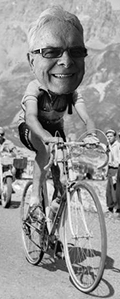









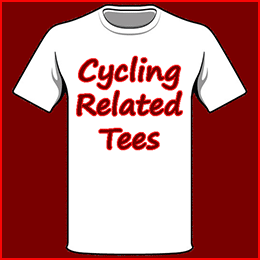







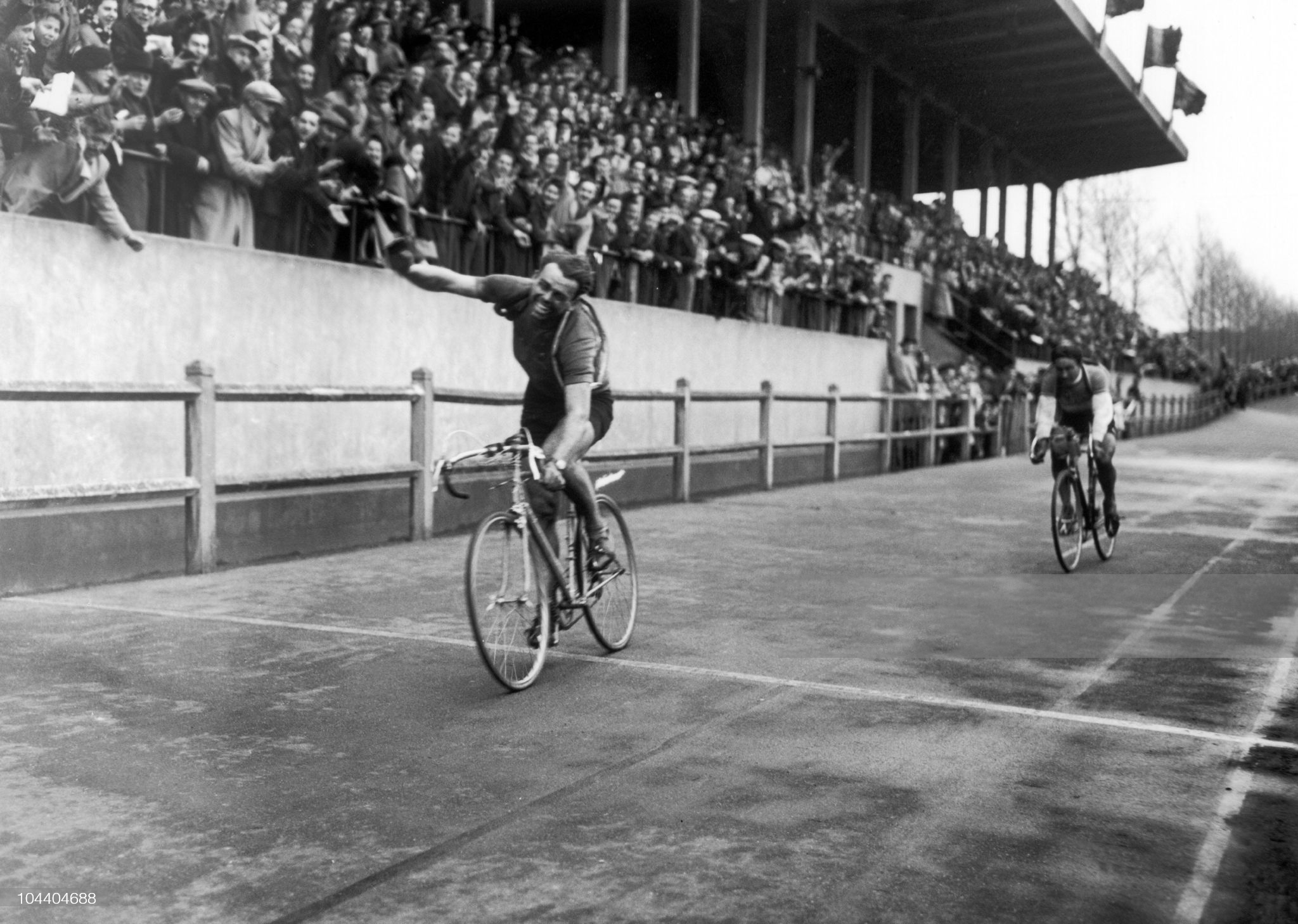
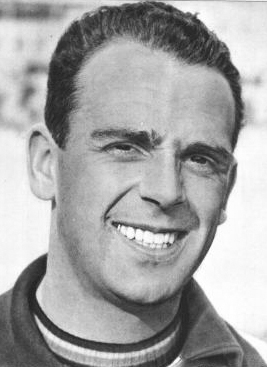
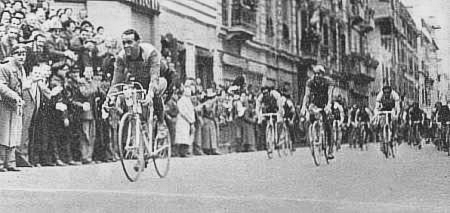


Cycling clothes, 1950s style
The picture above is from 1952, the year I started racing and riding seriously. The photo taken at a British Hill Climb, typically an end of season event taking place around October when temperatures were falling slightly.
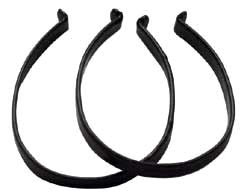 The thing is these are regular pants or trousers, worn in conjunction with spring steel bicycle clips to keep the bottoms from being caught in the chain.
The thing is these are regular pants or trousers, worn in conjunction with spring steel bicycle clips to keep the bottoms from being caught in the chain.
Notice what the spectators are wearing, regular everyday clothes. These cyclists probably rode a considerable distance to the event, the only special equipment is the cycling shoes. Corduroy or heavier tweeds were popular in the colder months, being warm, comfortable, and hard wearing.
On the upper body you will notice a mixture of sweaters and light jackets.
In the winter I always wore a woolen undershirt next to my skin, wool stayed warm even when wet from sweat or outside elements. Often when setting out on a ride in the early morning hours, I would place a sheet of newspaper under my top sweater, to keep the cold wind off my chest. Later as the day warmed up, this was discarded.
In the summer cyclists wore regular shorts, and again these were often cut off from a regular pair of street trousers.
The very fact that a person was wearing shorts at all in public, was a sign that they were a serious cyclist. Or someone engaged in some other athletic activity.
Remember this was the 1950s and men usually wore suits and ties. Young boys wore short trousers up until age 13, then most often wore long trousers for the rest of their adult life.
Racing clothes were made out of wool, they were expensive, needed to be hand washed, and took forever to dry. Unlike today, you could not throw them in the drier, or they would become matted and shrink.
No one wore their racing clothes on a training ride. I do remember that when I did put these clothes on to race, they felt so comfortable and unrestrictive that I automatically rode faster.
Racing shorts had a real chamois leather insert inside, and I would smear a handful of Vaseline on it before a race. It felt extremely weird for about the first minute, but then kept me comfortable throughout the race, with zero chaffing.
Even the pros did not wear racing kit for training rides. The picture above is of Fausto Coppi (Left.) with his brother Serse. (Right.) and a few other riders about to set out on a training ride.
The trousers they are wearing would be specially made for cycling, but they are styled after regular street clothes with the exception that they fit just below the knee, and are worn in conjunction with knee length socks. On the top they are wearing a variety of woolen sweaters.
My mother was an expert at sewing, and I would take an old pair of trousers, and have her cut them off just below the knee. She would sew some wide elastic on the bottom to fit under my knee. The material cut from the bottom of the leg, she would make a double seat, which added comfort and made them wear longer.
By the 1970s, proper cycling clothes were available, but there were training clothes and racing clothes. Now it has become acceptable to train or simply ride for pleasure in racing gear. Modern matrials make cycling clothing so easy to wash and care for.
One also has to remember that general fashions change too. I remember some older cyclists would wear a dress shirt and tie to go on a club run. Clothing worn in public now, would have been considered against public decency back in the 1950s and before. Even if one was engaged in an activity like cycling.